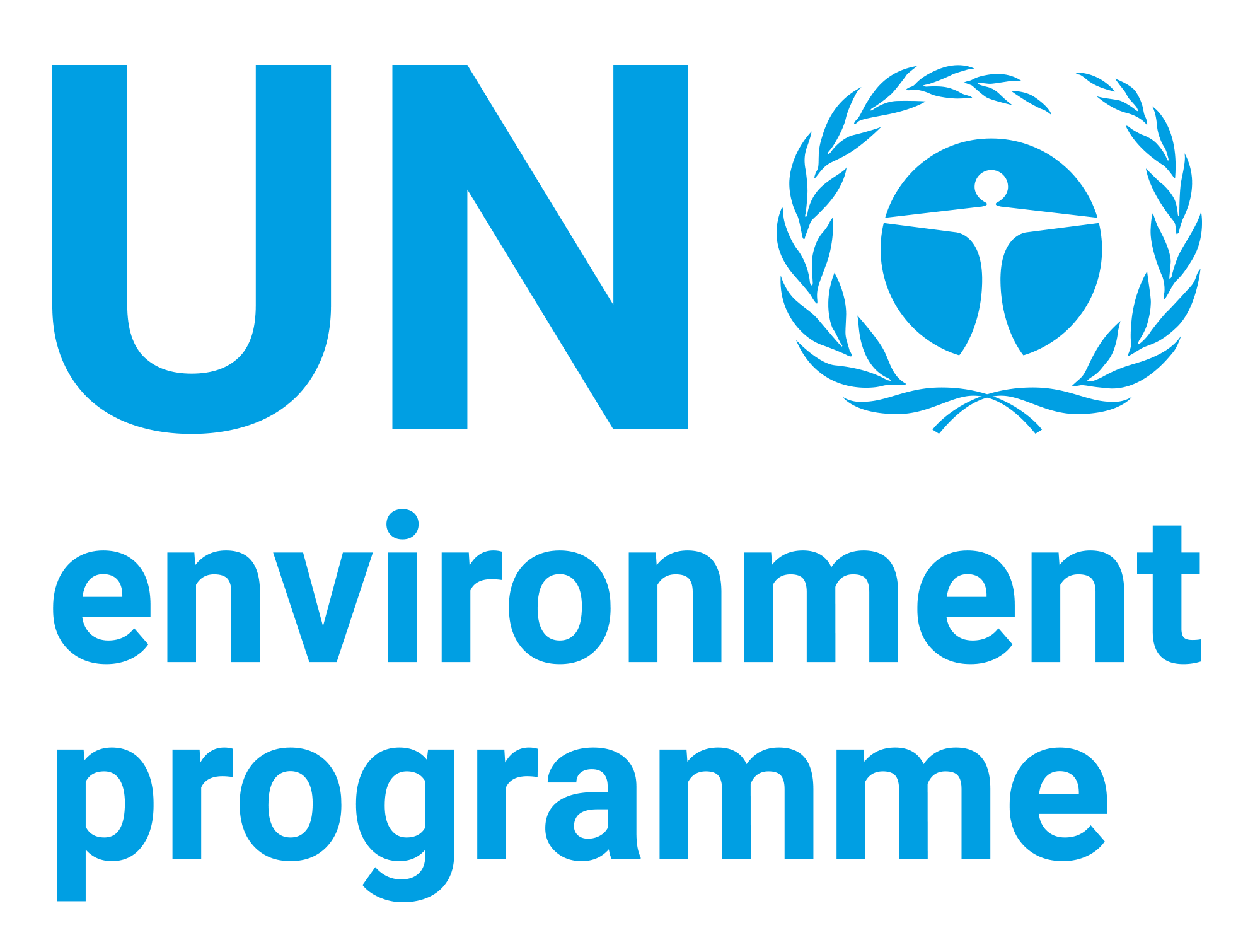| dc.contributor | Ecosystems Division | en_US |
| dc.contributor.author | United Nations Environment Programme | en_US |
| dc.date.accessioned | 2016-12-21T19:17:19Z | |
| dc.date.available | 2016-12-21T19:17:19Z | |
| dc.date.issued | 2006 | |
| dc.identifier.uri | https://wedocs.unep.org/20.500.11822/13625 | |
| dc.description | Marine litter is more than an environmental problem, to be addressed by action plans and legislation. It is also a cultural problem, and must be addressed by efforts to change attitudes, behaviours, and management approaches. This requires the involvement of everyone, from governments to businesses to the public at large. We all have a role to play in this regard, by helping to build awareness of the damage done by litter to our seas and their wildlife, and to the people who use and depend on them | en_US |
| dc.description.uri | www.unep.org/regionalseas/ | en_US |
| dc.language | English | en_US |
| dc.subject | marine debris | en_US |
| dc.subject | marine mammal | en_US |
| dc.subject | waste dump | en_US |
| dc.subject | municipal wastewater | en_US |
| dc.subject | municipal wastewater | en_US |
| dc.subject | river | en_US |
| dc.subject | fishing vessel | en_US |
| dc.subject | offshore oil field | en_US |
| dc.title | Tightening the Noose: The growing threat of Marine Litter | en_US |
| dc.type | Factsheets, Infographics and Brochures | en_US |
| wd.identifier.pagesnumber | 2 p. | en_US |


